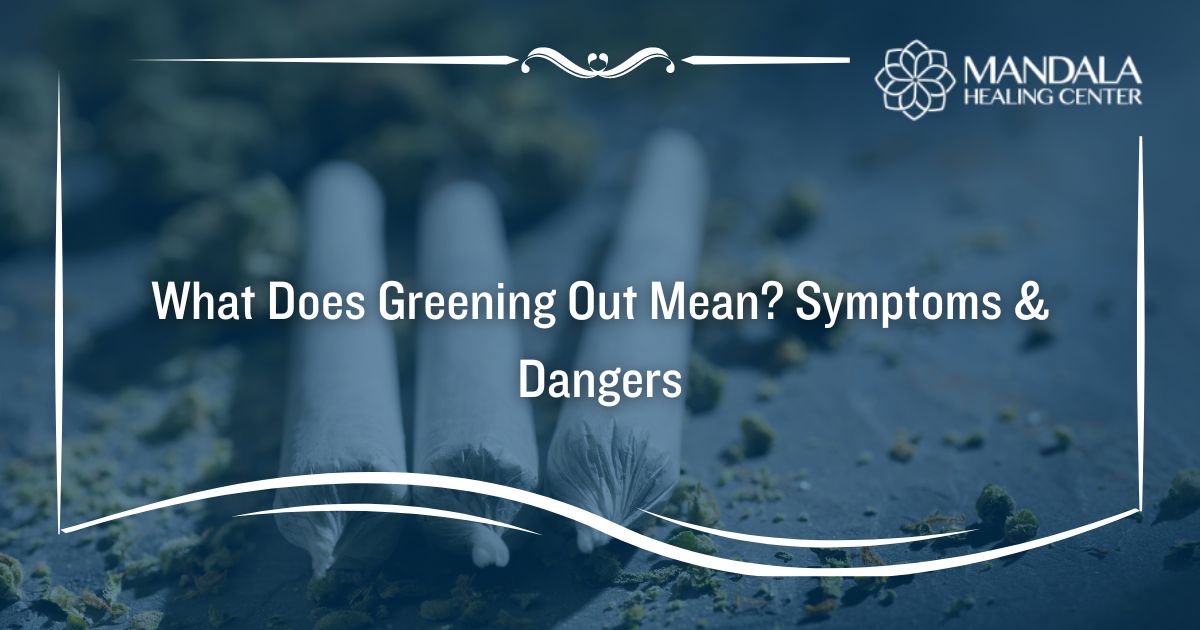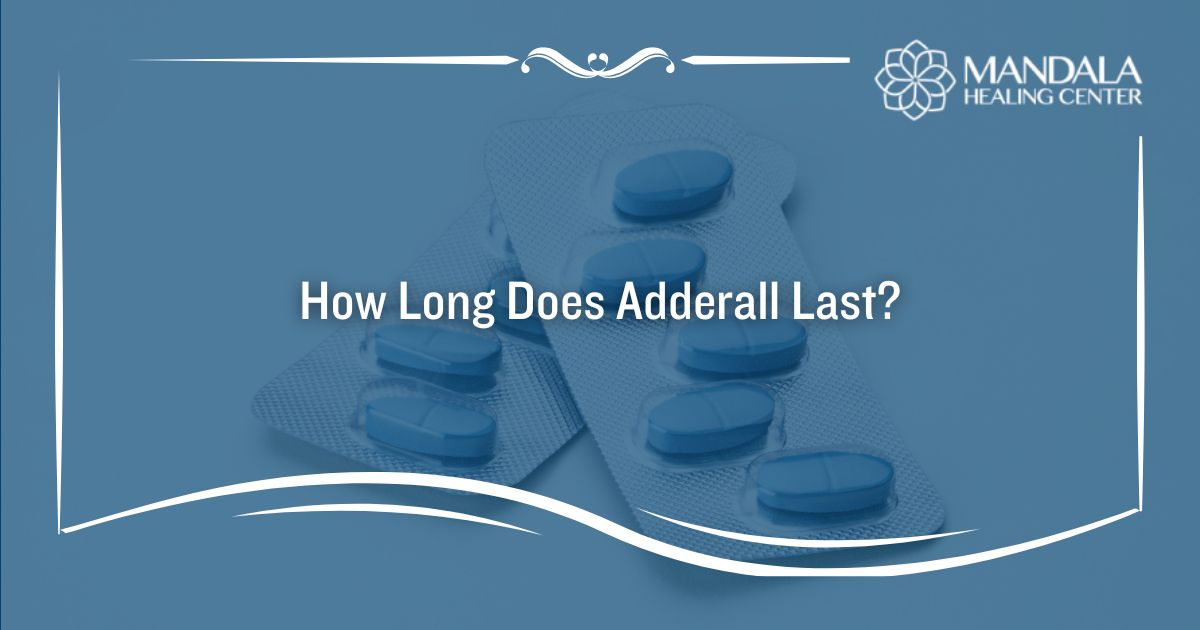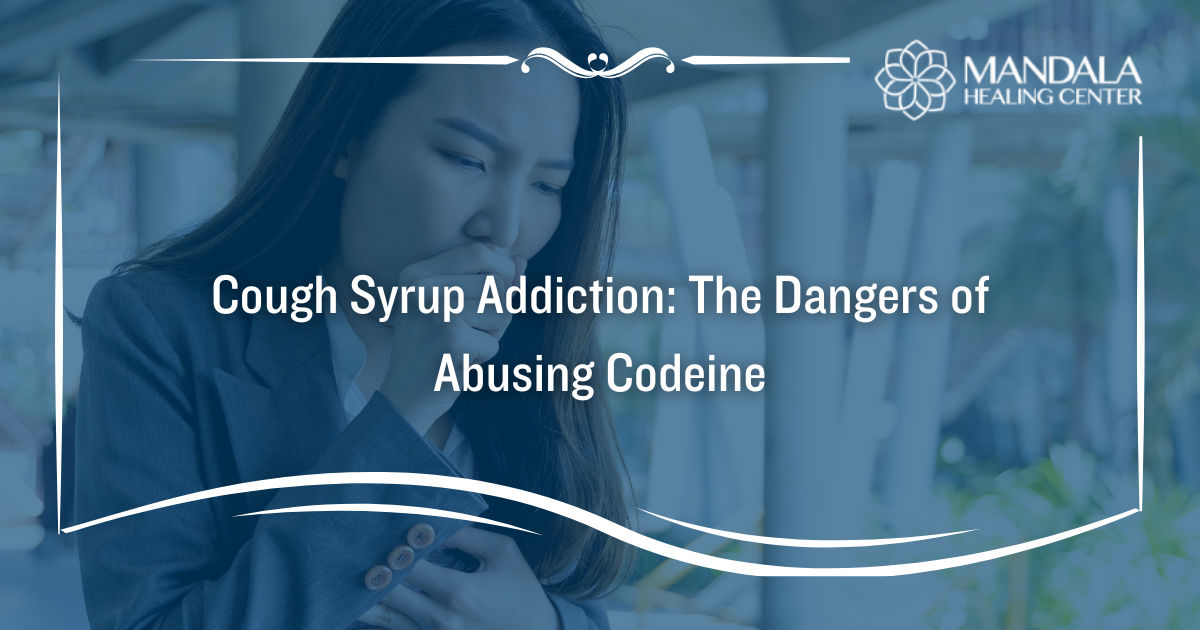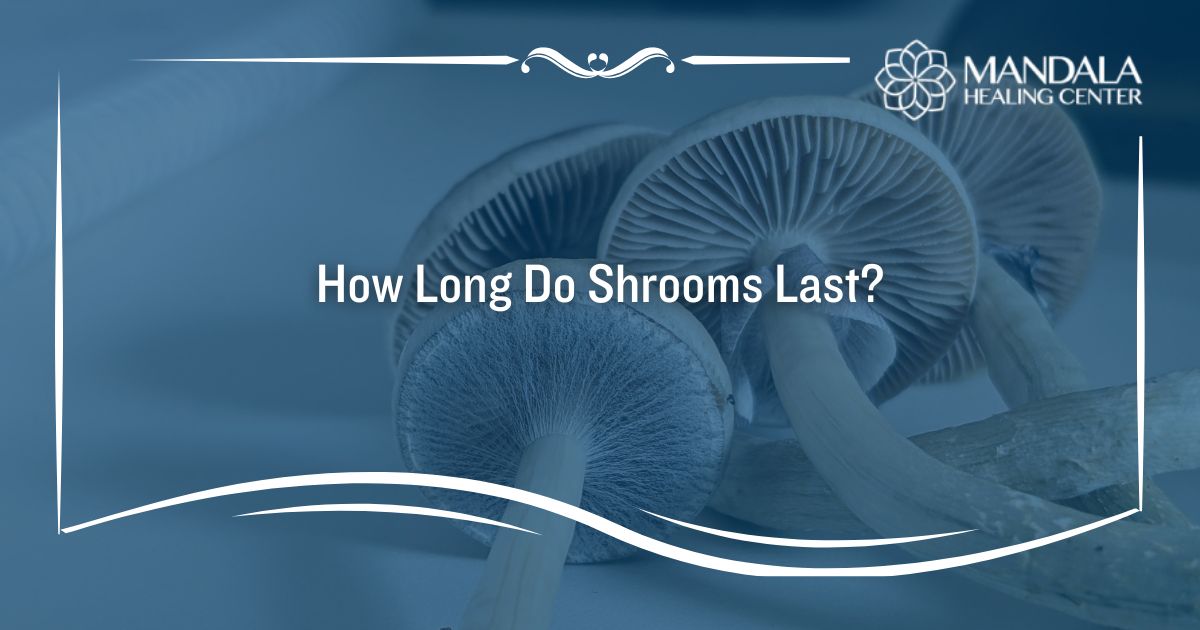Aside from alcohol, marijuana is the most commonly abused substance in America. The National Institute on Drug Abuse reports that 52.5 million people abused cannabis products in 2021.
While people believe marijuana is harmless, it can lead to adverse side effects. Many people who use weed experience panic attacks, increased heart rate, and even mild hallucinations. Individuals who have bad reactions to marijuana should avoid using it.
Unfortunately, you can suffer from marijuana addiction. The Centers for Disease Control and Prevention reports that 3 in 10 people who use marijuana are addicted.
If you are addicted to marijuana, chances are that you know the term “greening out.” Greening out is something that happens when you consume too much cannabis. Symptoms might include dizziness, anxiety, nausea, and vomiting.
Greening out is a slang term for a marijuana overdose. While you won’t experience a fatal overdose, it can be incredibly stressful and dangerous. Regularly greening out can cause health issues like an increased risk of heart attacks or worsened mental health.
What is Greening Out?
Greening out occurs when you smoke too much weed. In other words, it’s a nickname for a marijuana overdose. How much marijuana it takes to experience an overdose depends on personal factors. For example, body weight and how often you smoke can play a role.
If you experience a marijuana overdose, you should consider seeking medical attention. While it will not cause life-threatening health effects, the psychological symptoms can be difficult to cope with. For example, greening out could cause mild hallucinations and even psychosis.
Doctors can help you stay hydrated, encourage drinking water, and offer a safe space for you to heal.
The Symptoms of Marijuana Overdose
Marijuana overdoses might not be fatal, but they should be taken seriously. You could experience increased blood pressure, high blood sugar, panic attacks, and more. Oftentimes, people experience “spins,” which is like having vertigo and nausea.
If you do not smoke marijuana often, even a small amount could cause you to overdose. The common symptoms of greening out include:
- Pale skin
- Dry mouth
- Slurred speech
- Confusion
- Paranoia
- Increased heart rate and blood pressure
- Nausea and vomiting
- Loss of coordination
- Dizziness
- Light-headedness
- Panic attacks
- Mild hallucinations
- Psychosis
You can experience an overdose by smoking, vaping, eating, or dabbing THC products. In other words, any type of cannabis consumption can cause these symptoms. If you experience a greenout, it might be time to evaluate your relationship with marijuana.
How Long Does a Marijuana Overdose Last?
How long your symptoms last will depend on a variety of factors. For example, your body weight plays a huge role in how long marijuana affects you.
The factors that play a role in how long a marijuana overdose lasts include:
- Body weight
- Metabolic rate
- Hydration levels
- Tolerance to THC
- The potency of the marijuana
- The presence of other health conditions
Typically, the symptoms of a marijuana overdose will lessen within 24 hours. However, you might experience something referred to as a “weed hangover.” This could include feeling down, depressed, or anxious.
Is Greening Out Dangerous?
If you consistently overdose on marijuana, you could be at risk of a variety of health effects. Researchers are still looking at the long-term effects of greening out. However, there are some known reactions to be aware of.
The long-term dangers of heavy marijuana consumption include:
- Memory loss
- Learning issues
- Difficulties with impulse control
- Worsened mental health symptoms
- Lung damage from smoking
- Increased risk of lung infections
- Higher risk of heart effects like heart attacks
Long-term marijuana use worsens mental health symptoms, which is one of the main risks. If you have a family history of psychotic disorders, smoking weed could trigger psychotic symptoms. Additionally, if you struggle with anxiety or depression, marijuana could increase your symptoms over time.
How to Avoid Greening Out
The easiest way to prevent a weed overdose is to quit smoking. If you struggle with a marijuana addiction, this can be difficult. Thankfully, drug rehab programs can make it easier to cope with quitting weed.
If you are not willing to quit marijuana just yet, there are a few ways to prevent greening out. For example, you should always pay attention to the potency of the weed. Avoid high THC percentages, especially if you do not have a high tolerance.
Other ways to prevent a marijuana overdose include:
- Establish a safe space and never smoke alone
- Only use marijuana from a trusted source, like a dispensary
- Start slowly and do not exceed your usual marijuana consumption
- Never smoke on an empty stomach
- Do not consume large amounts of edibles at once, as they take at least 40 minutes to kick in
If you experience a marijuana overdose, consider seeking medical attention. Doctors can offer you fluids to make you more comfortable. If you are dealing with psychotic symptoms, doctors can administer medication to combat the effects.
Find Help for Marijuana Addiction
If you green out frequently, you might have marijuana use disorder. Drug rehab programs like Mandala Healing Center can offer you the support and tools you need to recover. For example, we offer a combination of evidence-based therapies, medication management, and relapse prevention planning.
Contact us today to learn more about our marijuana addiction treatment center.












